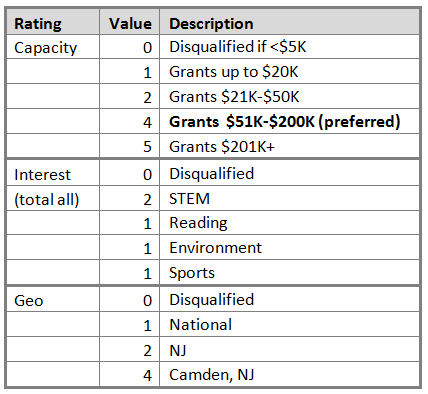Do you really know how well your major gifts teams is performing? Maybe they are raising millions of dollars every year and hitting the targets set for them — but are those the right targets? Evaluating donor engagement could help you answer those questions.
If you are one of those organizations that fundraises your budget every year and has grown to command a major gifts team, you have my deepest admiration! Scaling a nonprofit organization is not an easy task. Neither is growing and scaling a major gifts team.
At Aspire, we work with fundraising leaders who are tasked with taking their major gifts team up to the next level of performance. It can be surprisingly difficult for even an experienced major gifts officer, trained at a larger institution, to make headway with a legacy major gifts team.
Donor Engagement as a Framework
Having major gift officers assign their prospects a donor engagement level is one way to find out what’s happening on your team and in their portfolios.
It has been a common practice to focus on portfolios through the lens of the gift cycle — identification, qualification, cultivation, solicitation, and stewardship. And this works very well for gift proposals, but human relationships don’t fit very well into those process-oriented terms. Donor engagement is different.
Many major gift officers intuitively view their portfolio through the lens of donor engagement – discovery, early cultivation, and deep cultivation.
It also fits the rule of three, which means when major gift officers show up to work, they only have to remember three categories of donors in their portfolios. This can help them manage their time and prioritize the right people.
Honest Discussion Leads to Real Change
When you ask each major gift officer to assign a donor engagement level to every person in their portfolio, surprising conversations may arise and lead you to what’s really happening.
For example, you might learn that someone on your team is struggling to find contact information, leaving them with only snail mail letters to communicate. You may also discover that some team members don’t know how to build a deep relationship with a major donor, which is why they have stagnant, lower gift sizes.
To create fertile ground for these kinds of discussions, it’s important to clearly define the donor engagement levels. It’s also important for each major gift solicitation to be recorded and tracked as a proposal or gift opportunity on the donor record.
Major gift officers also need routine portfolio reviews. This is time-consuming, but it’s where all the stories start pouring out. And when you combine portfolio reviews with monthly team meetings, now you have a platform for coaching and developing process and policies.
Which Comes First – The Process or the Outcomes?
If you are like most fundraising leadership, you need more dollars raised and now. Using donor engagement as a framework isn’t for every organization, but it can help you assess the reality of your team’s performance while you are working to identify and assign new prospects.
And there is an added bonus with this framework. It is within the full and complete control of each major gift officer to categorize their relationships with the donors in their portfolios – as it should be. When major gift officers have ratings of all sorts assigned to their donors it can feel like their relationships and the information they have gathered are ignored.
With a donor engagement framework, it’s about the relationship first, ratings second.


